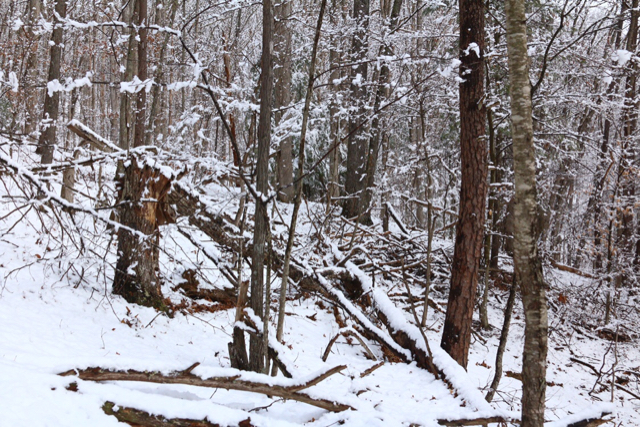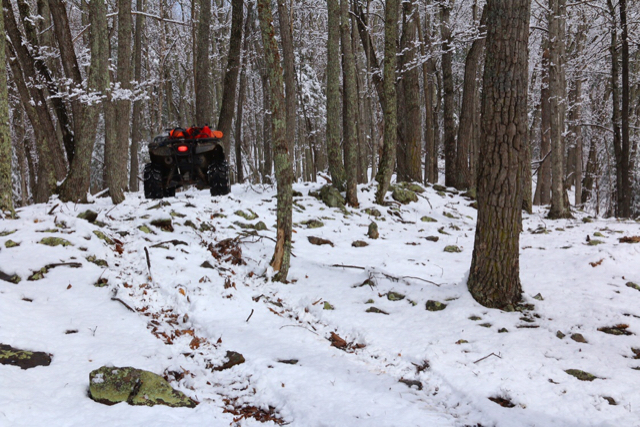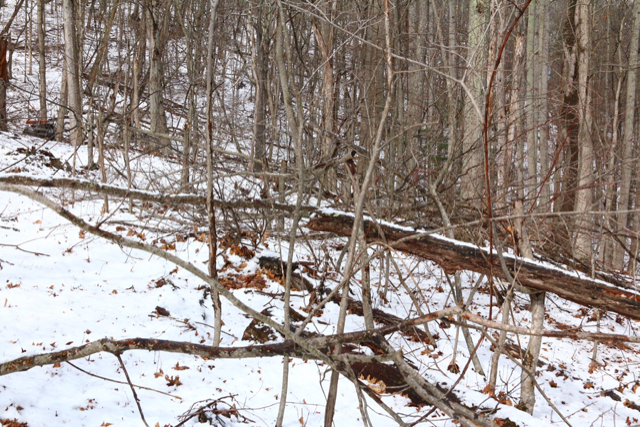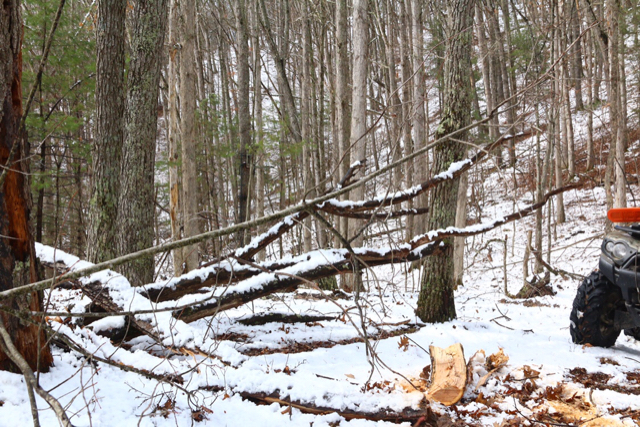dogghr
Well-Known Member
I certainly see good browse of MFR especially late winter and early spring. It's too over whelming too promote its growth on purpose.My western property line ridge is covered with mfr, fairly innocuous unless you are a streaker. Looking around I found about every stalk to be browsed and seemingly held in check.
View attachment 14835
dogghr, at what point do your random clusters become un random?
G
AS for the Random/un random....
Do we really know what is a pattern. Is what we see a pattern, or is the pattern just a random presentation that repeats itself. Is 1+1 really equal 2 or does it do so just because we deem it as such? If my Random Clusters were prevalent across millions of acres, would they be truly random, or would they actually be a conformity of nature within the abstract? I'm not sure.
But I do know my Clusters are initially following no pattern in size or spacing, yet they can't be truly random, as I begin each in an area I think a buck would like to travel, so in that way they are random, yet my selection does have a pattern so indeed they must have some
un random pattern.
Perhaps my Random Clusters morph into a Deterministic System in which no randomness is involved in the development of future states of the system. I''m not sure but thanks for asking.












